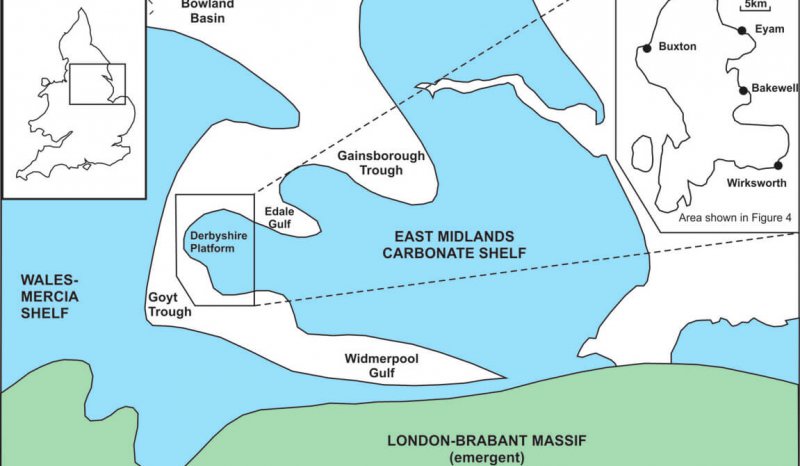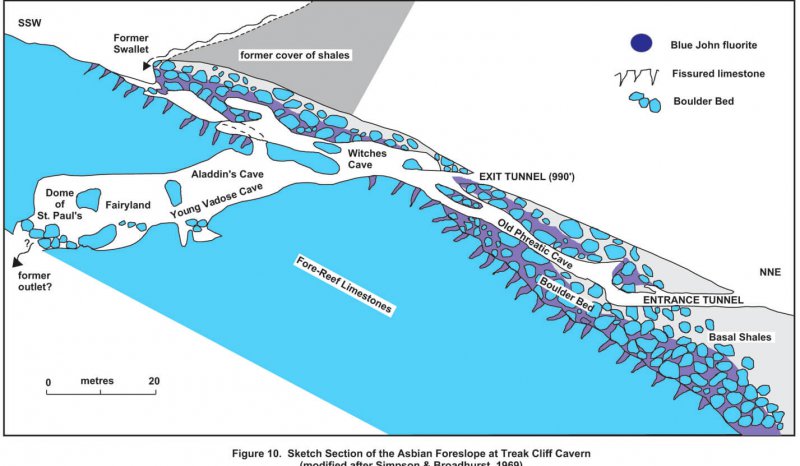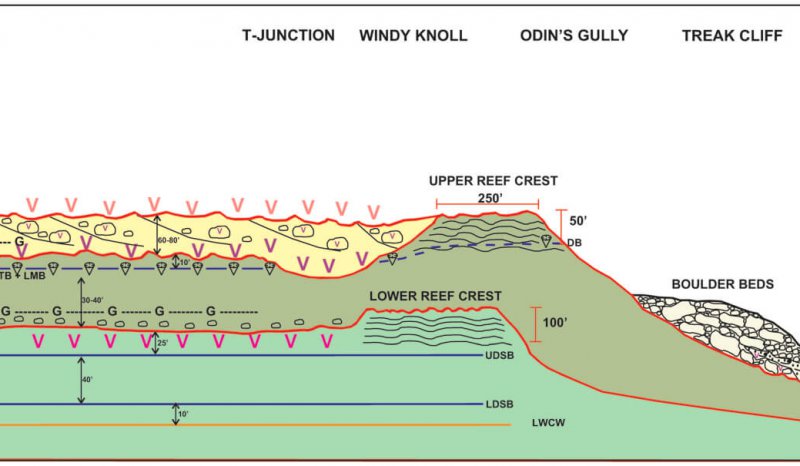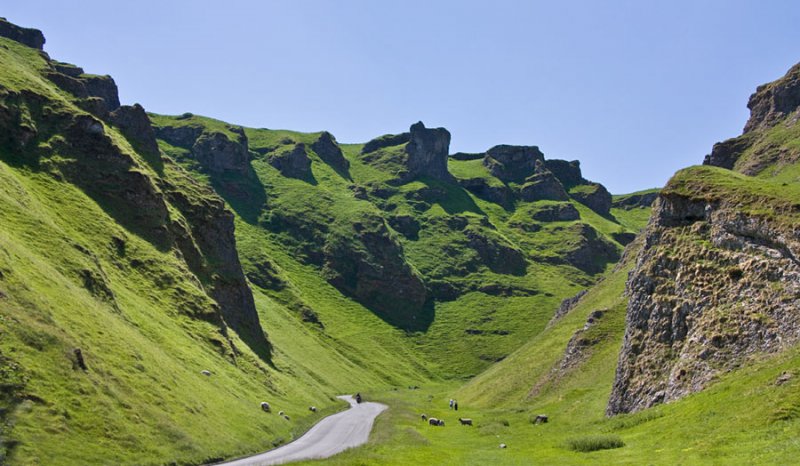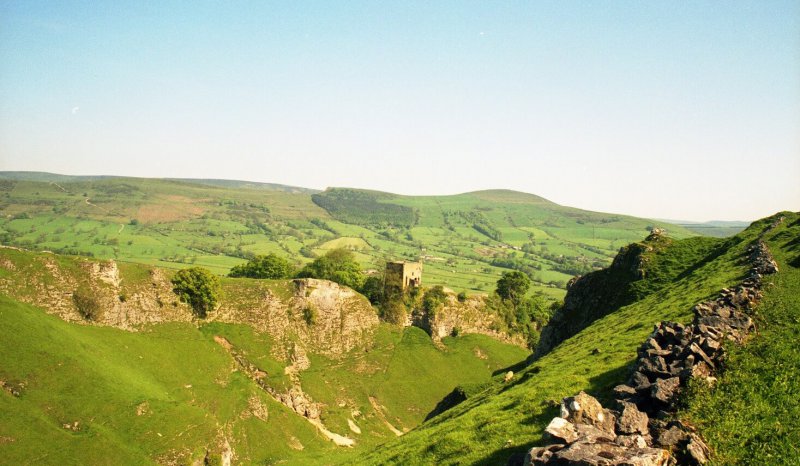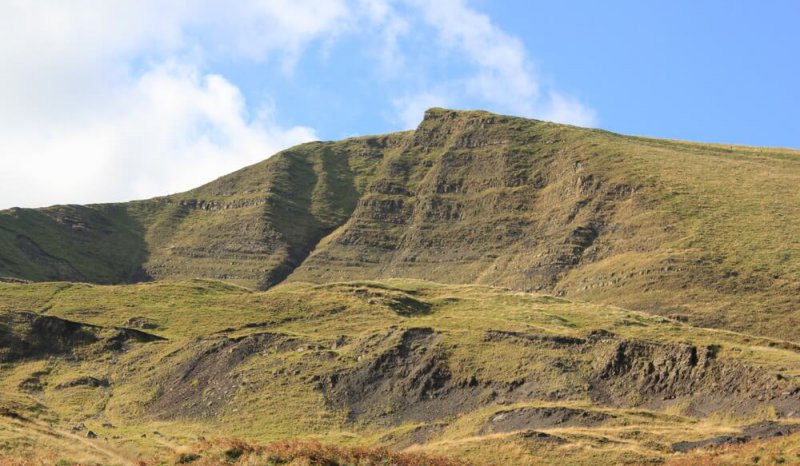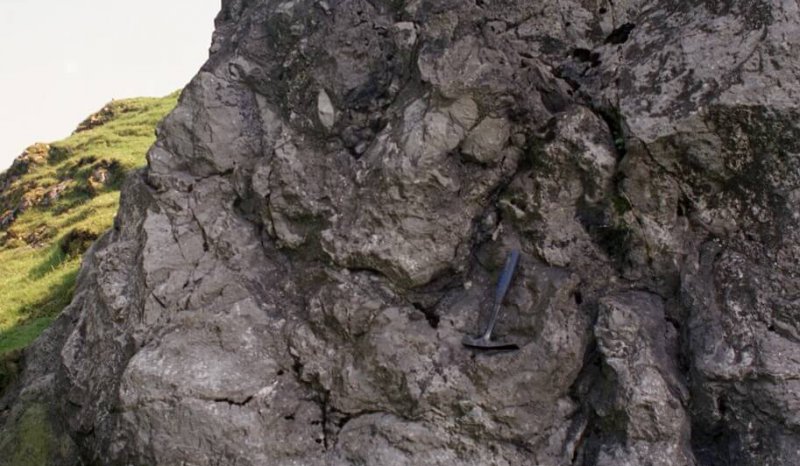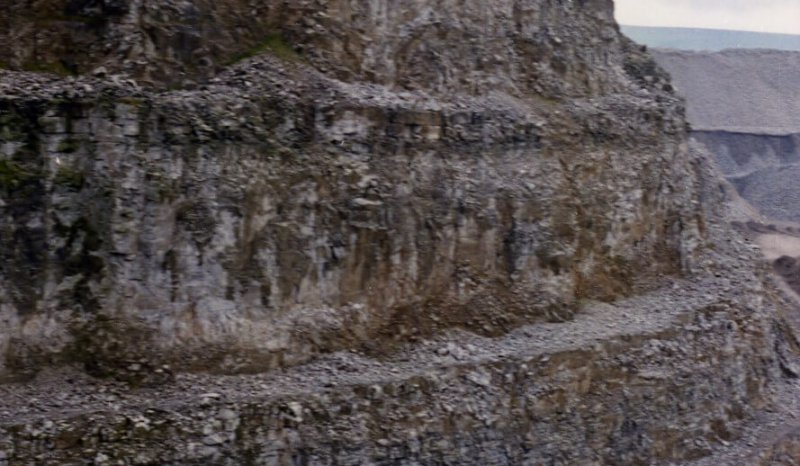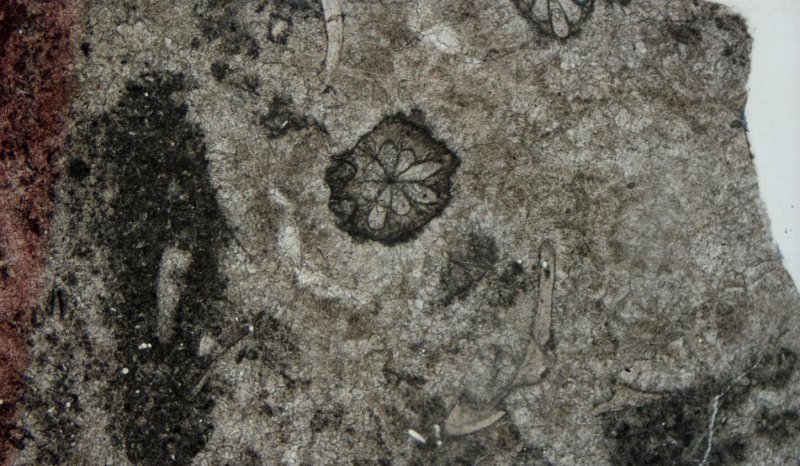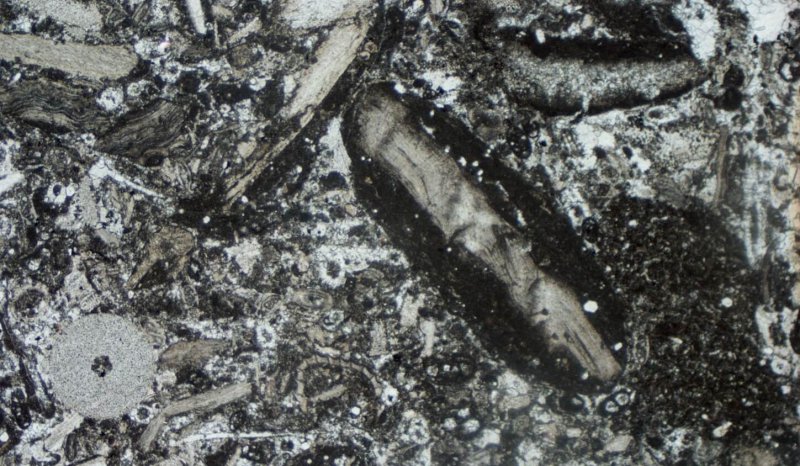Sequence Stratigraphy of the Lower Carboniferous (Asbian) Carbonates of the Castleton District, North Derbyshire
Field seminar to examine an exhumed Carboniferous carbonate platform margin subjected to hydrothermal mineralisation and porosity enhancement.
Objectives
The aims of this field seminar are to:
-
examine the Asbian carbonate succession at Castleton and develop a sequence stratigraphic framework
-
demonstrate the principles of carbonate sequence stratigraphy
-
provide an analogue to other hydrocarbon bearing carbonate platform / basin successions
Who Should Attend
This seminar will be of interest to geoscientists wanting to gain an understanding of the principals of carbonate sequence stratigraphy. It is particularly appropriate to geoscientist involved in the development of analogue carbonate reservoirs.
Geological Setting
The Derbyshire Platform is an Early Carboniferous rimmed carbonate shelf nucleated on top of a Lower Palaeozoic basement high. The platform comprises three rotated fault blocks. The fault block topography was progressively onlapped during Tournasian to Arundian times, and by Holkerian times the various depocentres had merged to form a single continuous shallow water carbonate platform. The exposed platform represents the western margin of a much more extensive carbonate shelf (the "East Midlands Shelf") which underlies much of eastern England. This field seminar examines the (Asbian) Bee Low Group and its lateral equivalents along the northern margin of the Derbyshire platform.
At present there is no published sequence stratigraphic framework for North Derbyshire, and consequently there is much scope for original thought. The aim of the course is to develop a conceptual sequence stratigraphic model that honours the available data while capturing some of the current uncertainties. We hope to demonstrate that the Lower Carboniferous of Derbyshire is a valuable analogue for other platform carbonate successions.
Pre-Cretaceous low-Mg calcite (LMC) platform carbonates present unique challenges, including:
-
weak diagenetic overprint at sequence boundaries poor biostratigraphic resolution
-
poor biostratigraphic resolution
-
poor correlation between platform and basinal biozonal schemes
-
poorly defined paleo-bathymetry estimates in the absence of ammonoids and planktic foraminifera, and consequent difficulties in establishing relative sea level trends
-
modulation of high and low amplitude sea level oscillations, in which gaps are more important than the record (a feature common to all ice-house periods)
Because of biotic evolution, ice-house vs. greenhouse sea level signatures, climatic variation, aragonite vs. calcite mineralogy, etc., carbonates of different ages require unique depositional, diagenetic and sequence stratigraphic models. Contrary to conventional wisdom, the present is rarely the key to the past in carbonates.
These considerable challenges apart, we believe that the Lower Carboniferous of Derbyshire may possess an underlying elegance and simplicity. This has been obscured by an over-emphasis on rocks (i.e. the record) and a lack of emphasis on bounding surfaces and non-sequences. Sequence stratigraphy provides a 4-D conceptual framework within which to interpret the available clues and develop a coherent synthesis.
Course Format
This field workshop does not follow the usual "show and tell" format. Participants are required to make their own observations and sequence stratigraphic interpretations based on a limited dataset, poor biostratigraphic constraint and indifferent exposure (i.e. a real life situation!). Participants are encouraged to consider this as an exercise in building a sequence stratigraphic model on a field development scale, with the isolated outcrops equivalent to cored well sections, and the published literature corresponding to contractor's reports of variable vintage and quality. Only a few regional 2D seismic lines and gravity profiles are available, and wireline logs are non-existent. Participants are provided with a detailed field guide, which presents relevant datasets and a geological overview of the area.
Course Details
-
Duration: 3-5 days
-
Proposed dates: to be arranged
-
Cost: By quotation, includes instruction, accommodation and a comprehensive field manual.
-
Clothing: Participants should be equipped with stout walking boots and waterproofs. Safety helmets are mandatory at quarry localities.
-
Insurance: Participants should ensure that their employers liability insurance cover (including medical insurance) is in order, particularly for personal accident and loss or damage of equipment, as Oolithica Geoscience Ltd cannot accept responsibility for claims arising from this or any other field seminar.
-
Attendance Limit: minimum 7, maximum 15 participants.

